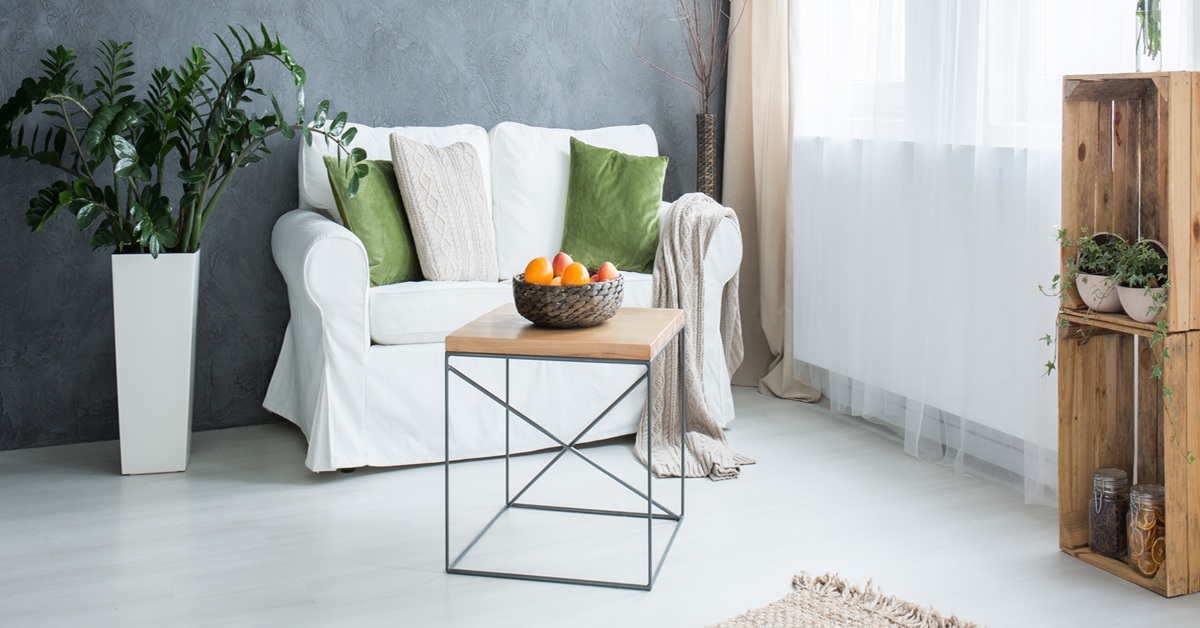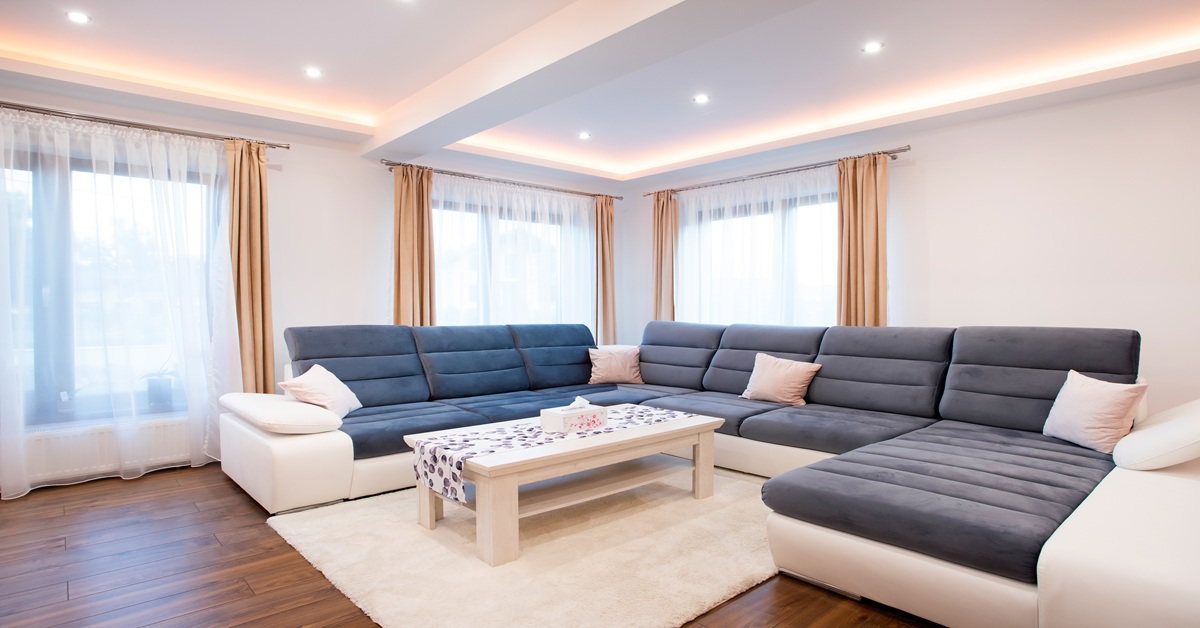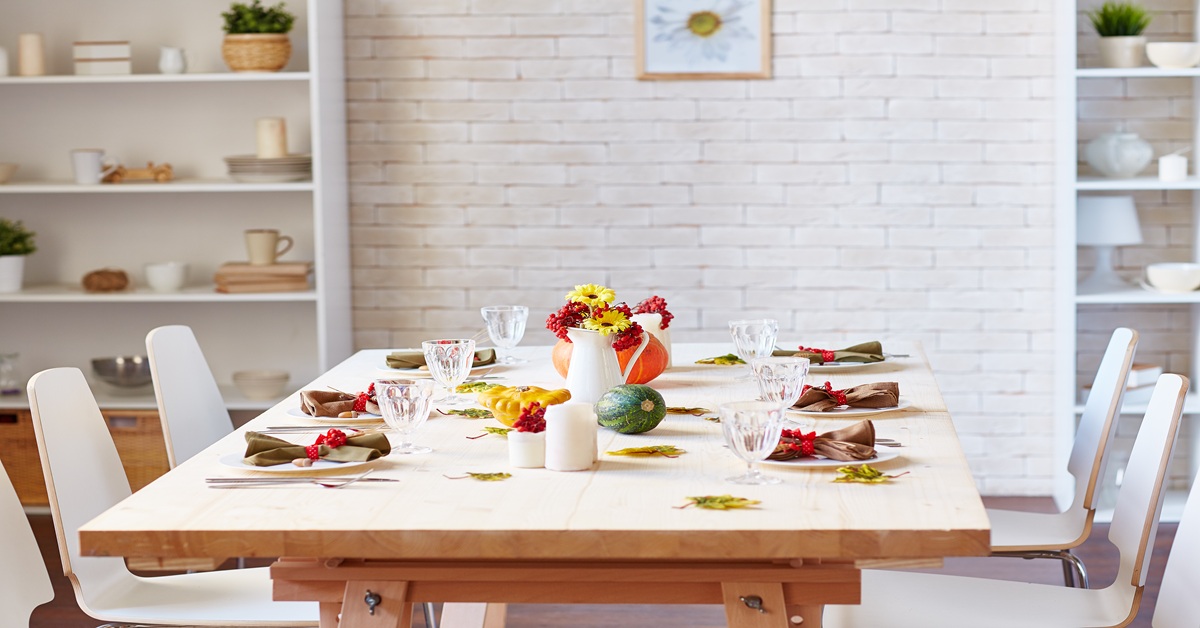

Introduction
Shelves are a vital feature of any house or business since they give you space to store things and show them off. The material you choose for your shelf is very significant because it affects how it performs, how long it lasts, and how it looks. You can get a heavy-duty bookshelf that can store a library or a light, artistic shelf that shows off art. There are a lot of options, but plywood is the finest material for shelves since it is strong, solid, and flexible at the same time.
Table of Contents
ToggleWhy Plywood is a Top Choice for Shelving
- One of the best things about plywood is that it offers a great strength-to-weight ratio. Plywood is significantly lighter than solid wood, so it’s easier to carry around. Cross-laminated construction layers each thin veneer so that the grain of the veneer extends across the one below it. This makes a sheet that is robust, solid, and balanced. This design spreads the strain uniformly over the panel, making it very hard to bend or droop.
- Long shelves can sag, especially when they carry heavy goods like books. Cross-laminated plywood doesn’t sag as much as a single block of solid wood. The varied grain lines in each veneer layer work together to push against the load’s downward force. These shelves won’t bend over time because of how they are built, so they stay straight. This is especially crucial for materials that need to be very rigid and not likely to bend over time because they will be on shelves for a long time.
- When the temperature and humidity vary, solid wood can expand or contract. If this happens, the shelves can bend, twist, or shatter, which would make the surface uneven and ugly. A plywood shelf, on the other hand, stays the same size for a longer time. The sheet stays in place thanks to the alternating grain lines on the veneers. Because of this, plywood is a fantastic material for shelving in places like kitchens, bathrooms, and basements that get hot and cold a lot or are very humid.
Build shelves that stay sturdy and stylish with calibrated plywood for a flawless fit and smooth finishes.
Understanding the Right Plywood Grade and Thickness for Shelves
- The grade of plywood tells you how well it keeps water out. If you want a modest desk for your dry living room or bedroom, a moisture-resistant (MR) grade of plywood is a suitable and cheap solution. But for shelf units in places that get wet, like kitchens, bathrooms, and utility rooms, you need to use BWP (Boiling Water Proof) grade plywood. BWP grade plywood is glued together with a high-quality phenolic resin. This makes it very hard for steam, boiling water, and humidity to get through.
- The plywood’s thickness is the most critical thing to keep it from sagging. In general, boards that are at least 18 mm (or 3/4 inch) thick should be used for shelving projects. This thickness is perfect for most books, files, and decorative items because it is robust yet not too hard to work with. If your shelves are longer than 30 inches or will contain significant goods like tools or a lot of books, you might want to use a thicker sheet, like 25mm plywood, to make sure they are as strong as they can be.
- Termites and borers can devour a plywood shelf from the inside out. Pests can’t get into high-quality plywood since it has been cleansed using chemicals that are good for the environment. This built-in safety is a big element of making sure your shelves last, especially if you live in a tropical climate where termites are always a problem. Always choose a business that promises that termites or borers won’t harm its items. This is a pledge of quality that will last and peace of mind.
The Importance of Calibrated Plywood for Shelving
- For flawless joining, every piece of modular furniture and shelving unit must fit together perfectly, and the thickness of each component must be the same. If the board is only a little bit thicker in one location, the joints may not be even, the shelves may be out of place, and the whole thing may not be stable. These problems don’t happen at all with boards that have been calibrated. Because it is always the same width, every piece you cut will be the same size.
- The plywood’s surface is exceptionally smooth and even after tuning, so it’s ready for any finish. If you want your shelves to look professional, they need to have a smooth, flaw-free surface before you paint, laminate, or veneer them. Calibrated plywood doesn’t need as much sanding or prep work, which saves you time and effort and ensures the finish stays well without bubbling or being uneven.
- Calibrated plywood may cost a bit more at first, but it will save you a lot of money in the long term. You don’t have to toss out sheets that aren’t the same thickness or have other problems because the quality is always the same. This saves money. It also makes the building process go faster, which saves you money on labour and helps you finish your project faster. Calibrated plywood is a far superior long-term solution for professionals and serious do-it-yourselfers because it cuts down on waste and work.
Choose premium plywood for shelves that resist sagging, handle moisture and last for years.
Designing Durable and Stylish Shelves with Plywood
- Choosing the proper amount of plywood is a vital initial step in making a shelf that won’t sag, but the way the shelf is made also determines how long it will endure. You need to install a support device on the lengthy shelves so they don’t slump. You can do this by using a thicker piece of plywood to make the shelf or by putting a cleat or metal rod on the bottom of the shelf.
- Choose the proper finish for your plywood shelf if you want it to appear its best. If you want a sleek, modern look, a high-quality laminate is a perfect alternative. Laminates are incredibly resistant to scratches or marks, and they come in a wide range of hues and designs. You can make anything look more timeless and classy by using a natural wood treatment. A veneer shelf looks like real wood, but it doesn’t cost as much or need as much care as a solid wood shelf.
- Plywood is easy to work with, so you can make a variety of different designs with it. You can use it to build unique shelves that fit in strange places, like under a stairway or in a corner. You can also use it to construct shelves with interesting shapes that make a room look trendy and artistic. Plywood is particularly good for making built-in shelves since you can cut it to fit any room, and it has a solid, secure base that won’t bend or collapse.
Conclusion
A shelf is a simple piece of furniture, but how well it performs over time relies on the type of wood that was used to create it. Plywood is an excellent choice for shelves since it is strong, solid, and flexible all at the same time. If you choose the appropriate grade and thickness of plywood and make sure it’s absolutely level, you can construct a shelf that won’t sag, get damp, or get eaten by bugs. Wigwam’s high-quality plywood will make your shelves look wonderful and last a long time.
Trust WigwamPly for high-quality plywood that makes your shelves durable, elegant and built to last.
FAQ’s
- Why is plywood a good material for shelves?
Plywood is lightweight yet strong, resists sagging, and stays stable even with changes in temperature and humidity. - Which plywood grade is best for shelves?
MR grade works well for dry areas, while BWP grade is needed for kitchens, bathrooms, and other humid spaces. - What thickness of plywood should be used for shelves?
At least 18mm is recommended for most shelves, while 25mm works better for long or heavy-duty shelving. - How does calibrated plywood help in shelving?
It ensures uniform thickness, smooth surfaces, and precise fitting, making shelves stable and professional-looking. - What finishes work best for plywood shelves?
Laminates give a modern, durable look, veneers provide natural wood elegance, and paints allow versatile designs.




